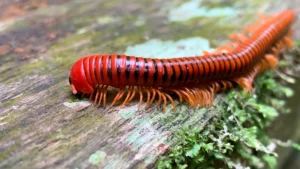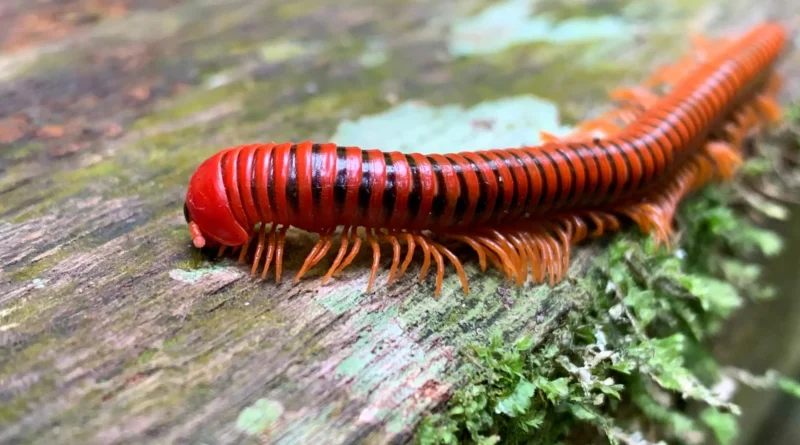Millipedes Could Hold the Key to Future Pain Relief, New Research Finds
 Millipedes Could Hold the Key to Future Pain Relief, New Research Finds
Millipedes Could Hold the Key to Future Pain Relief, New Research Finds
A new study from Virginia Tech suggests that millipedes may offer an unexpected breakthrough in pain management.
Scientists have discovered unique chemical compounds in the defensive secretions of Andrognathus corticarius, a millipede species native to the eastern United States. These substances named andrognathanols and andrognathines could lead to the development of new drugs aimed at treating neurological and pain-related conditions.
Led by chemist Emily Mevers, the research team found that the compounds interact with human neuroreceptors involved in pain and cognition. These interactions indicate potential applications in pharmaceuticals, especially for conditions involving the nervous system.
The millipedes release these chemicals as a defense mechanism against predators like ants. When exposed, the predators become disoriented an effect that caught the attention of researchers studying neurochemical responses.
ALSO READ: PFN Raises ₦42.6m for Benue Victims, Zamfara Protests
The discovery was made on Virginia Tech’s Blacksburg campus, specifically in a forested area known as Stadium Woods. There, the team collected samples from decomposing wood and leaf litter to analyze the millipedes’ defense glands.
Using advanced analytical techniques, the researchers isolated the new compounds and confirmed they belong to the alkaloid family naturally occurring chemicals known for their biological activity.
“These compounds are highly complex,” Mevers explained. “It will take time to synthesize them in the lab. But once we have more material, we can study their full therapeutic potential.”
However, the findings were recently published in the Journal of the American Chemical Society.
This research highlights the value of exploring overlooked species and ecosystems. By investigating creatures like millipedes, scientists may unlock novel ways to address chronic pain and other neurological disorders paving the way for future breakthroughs in medicine.
CONTENT CREDIT: BLESSING DADA
IMAGE CREDIT: GOOGLE.COM




